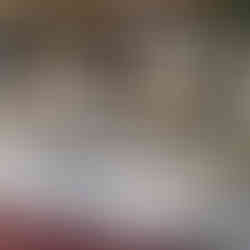Prendre un café 'sur le zinc'
- Food' by Lise Timmer
- Sep 26, 2021
- 2 min read
'Have a coffee 'on the zinc'
A well-known expression often used by the French!
It is this one that evokes the heated discussions in this place of socialization that is the bar.
We have all seen counters. We know that they are most often made of metal. Sometimes they shine, sometimes they are rougher or nicely worked. And always, they are methodically wiped off by the boss.
When you look at them closely, you quickly realize that they are little masterpieces of folding and welding. Why was the French counter called a zinc?
There was a time in the first half of the 19th century when most of the counters of bars and estaminets in France were made of rolled zinc. These counters resumed the arched shapes and moldings of the entablatures of the zinc roofs. In fact, roofers-zinc workers installed them on continuous wooden supports, taking great care to hide the welds inside the folds. Zinc, which resists bad weather so well by developing a protective patina, has not had the same success with coffee makers. Note that new zinc is quite sensitive to the acid in alcoholic beverages. At the end of the day, the zinc counters were thus covered with unsightly halos left by the feet of the glasses of red. Coffee makers, in order to regain the initial uniform and shiny appearance, had to start scrubbing the rough surface of the zinc conscientiously every night. They did this with a bundle of corks, joined together by a simple cord, which they moved in large circular motions over the surface of the counter to restore the original shiny appearance. Coffee makers were tired of this laborious work, and they relied on other metals, first pewter (a grey alloy of tin with copper and antimony) and then stainless steel.













Commenti